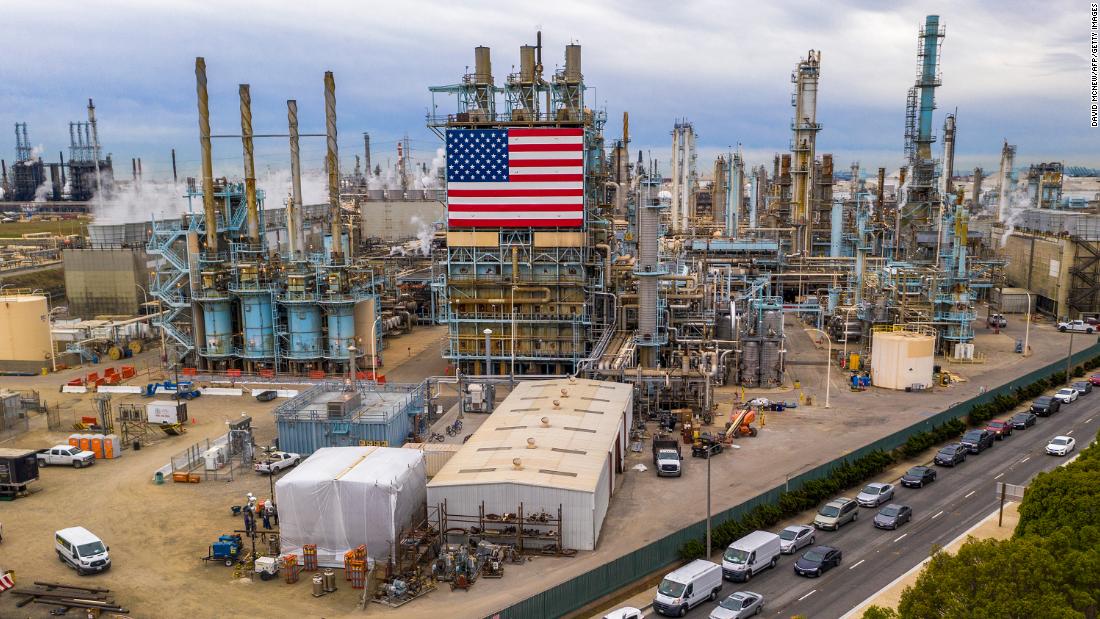
- Commodities
Oil prices have stabilized: the reason?
Do you want to know how to make money from this?
Register for free and get expert advice, access to a training course and webinars.
Key points:
- Minor change in oil prices after falling by 3% the previous day.
- The price has stabilized due to uncertainty in the market due to concerns about demand and a possible escalation of the conflict in the Middle East.
- US crude oil inventories rose by 2.7 million barrels to 460 million barrels.
Despite a 3% drop on the previous day, oil prices remained virtually unchanged today. The market is still in a state of uncertainty due to concerns about oil demand this year, as well as hopes that an escalation of the conflict in the key producing region of the Middle East will be avoided.
Brent crude futures rose 13 cents, or 0.15%, to $87.42 a barrel. US West Texas Intermediate (WTI) crude futures rose 6 cents, or 0.07%, to $82.75 a barrel.
The conflict between Israel and Iran may be de-escalated
Despite Iran’s missile and drone attack on April 13, sparked by an alleged Israeli airstrike on Iranian military commanders in Syria on April 1, investors are discounting the likelihood of a harsh response from Israel.
Iran, as the third largest producer in OPEC, plays an important role in the global oil market. Easing tensions in its relations with Israel could significantly reduce the risks of disruptions in oil supplies from the Middle East region.
The Brent price has returned to levels prior to the attack on the Iranian consulate on April 1. This suggests that the latest surge in the risk premium caused by the worsening relations between Israel and Iran was temporary.
US oil inventories rise again
JP Morgan analysts said in a report late Tuesday that global oil consumption in April was 200,000 barrels per day (b/d) below forecast, at 101 million b/d. Since the beginning of the year, demand has increased by 1.7 million b/d, below the November forecast of 2 million b/d.
Also restraining oil prices is the rise in US crude oil inventories. In the week ending April 12, the country’s oil inventories increased by 2.7 million barrels to 460 million barrels, almost doubling analysts’ expectations, who had predicted an increase of 1.4 million barrels.
It is worth noting that the increase in inventories occurs against the background of a decrease in the utilization of oil refineries, although usually in anticipation of the summer demand season, oil refining in the United States increases.
Do you want to know
How to make money from the news
Register for free and get:
- Expert consultation;
- Access to the training course;
- Opportunity to participate in webinars

